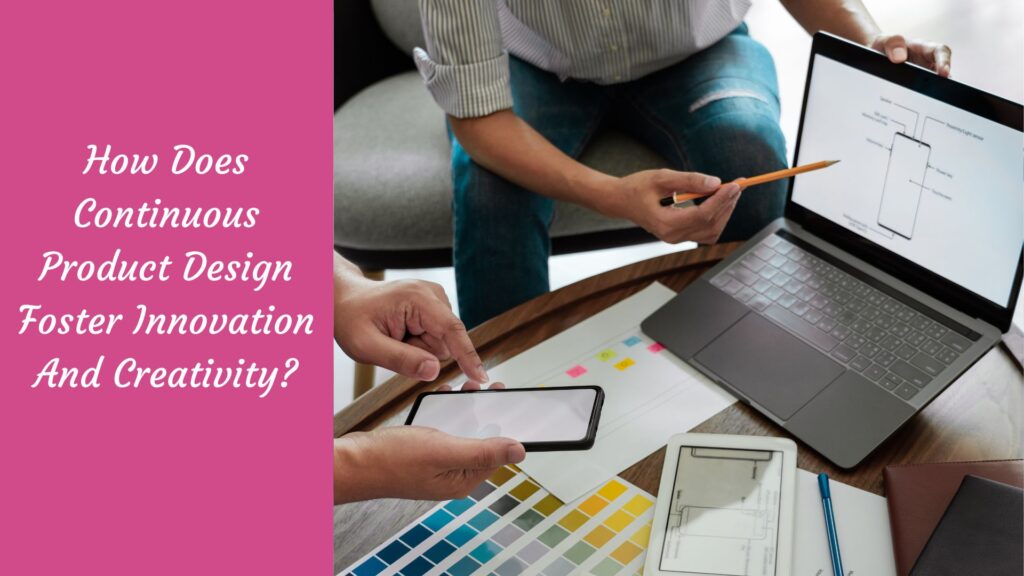In an era where survival hinges on innovation, businesses embark on an epic quest to outpace the competition. Enter continuous product design, a powerful approach gaining momentum. 🔥
This dynamic and user-centered methodology not only streamlines the design process, but also ignites a spark of innovation and unleashes boundless creativity. ✨
But what makes continuous product design a true game-changer in today’s cutthroat business environment? Brace yourself as we dive deep into its power. 💪
Get ready to witness how it drives unprecedented growth and unlocks unrivaled success in an ever-evolving landscape. 🚀
Don’t miss out on this exhilarating journey as we unravel the essence of reshaping product development across industries! 🌟
What is Teresa’s Torres Continuous Discovery Framework?

Teresa Torres‘ Continuous Discovery Framework is a modern approach to product development that emphasizes regular and consistent customer interaction throughout the design process. It is not a linear, step-by-step model but a cyclical one, implementing continuous learning and adjusting the product based on feedback. The core elements of this framework include:
- Weekly Touchpoints: This involves regular interviews or sessions with customers weekly. The aim is to continually engage and seek feedback from them, providing insights for immediate action.
- Team Involvement: The entire product team interacts with customers, not just the product manager. This direct feedback loop fosters a customer-centric mindset amongst all team members.
- Continuous Experimentation: Instead of bulk releases, this method encourages experimenting with micro-releases to test how small changes affect user experience.
- Outcome-Focused: The ongoing focus is on achieving desirable outcomes rather than simply designing features. Each feature is evaluated on its potential contribution towards these outcomes.
For instance, a smartphone app development team may conduct weekly discussions with a group of users to understand their needs better. They may release incremental features, like a new interface design or a different app layout, and gather user feedback. Based on the users’ responses, the team can modify the design or layout, ensuring that the final product caters to the user’s needs effectively.
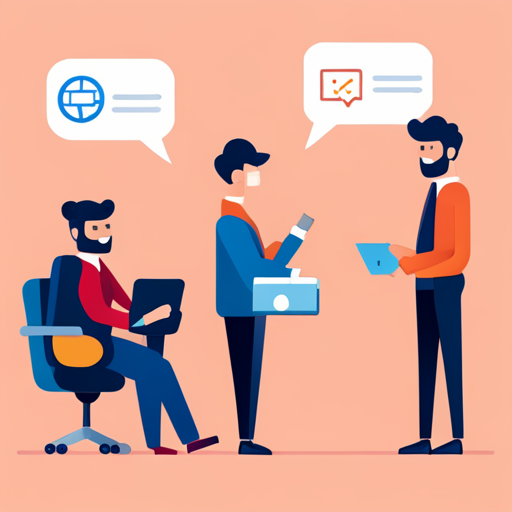
In sum, Teresa’s Torres Continuous Discovery Framework promotes a customer-centric, iterative, and outcome-focused approach to product design, fostering a culture of constant learning, innovation, and improvement.
5 PROS & CONS OF Teresa’s Torres Continuous Discovery Framework
Pros of Teresa’s Torres Continuous Discovery Framework:
- User-Centric Approach: Regular customer interactions ensure the product is designed according to users’ needs and preferences. It can lead to a higher level of customer satisfaction and retention.
- Continuous Improvement: The method of micro-releases allows the team to continually improve and refine the product based on real-time feedback, leading to a more optimized final result.
- Informed Decision Making: Ongoing customer feedback provides valuable insights that can inform decision-making processes and help avoid costly mistakes.
- Team Involvement: The active participation of the entire team ensures diverse perspectives and ideas, potentially sparking unique and innovative solutions.
- Outcome-Focused: By prioritizing desirable outcomes over feature design, the product will more likely fulfill its intended purpose and provide real value.
Cons of Teresa’s Torres Continuous Discovery Framework:
- Time-Consuming: Regular customer interactions and micro-releases can be time-consuming, potentially causing delays in the overall product development process.
- Resource Intensive: The framework may require significant resources, including a dedicated team, to conduct regular customer interactions and manage iterative releases.
- Difficult to Plan: Long-term planning can be challenging with continuous changes and adaptations.
- Risk of Overwhelming Users: Users may feel overwhelmed or confused by frequent changes and updates to the product.
- Potential for Inconsistency: With different team members interacting with customers, there’s a risk of inconsistency in understanding and interpreting feedback.
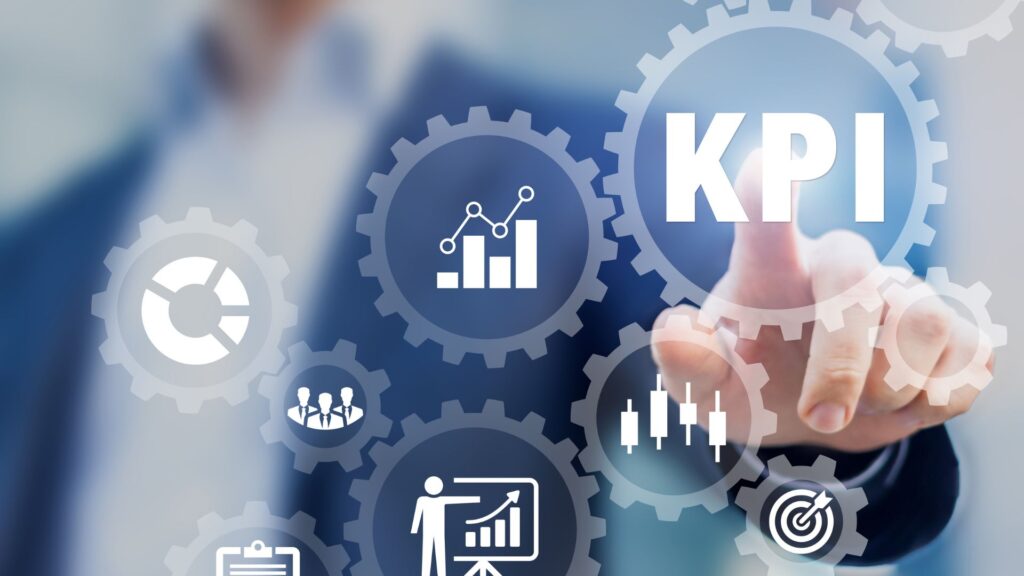
While the Continuous Discovery Framework harbors the potential for fostering innovation and user satisfaction, it’s essential to address the potential downsides effectively. Like all methodologies, its success depends on thoughtful and skillful implementation.
How Continuous Product Design Can Enhance User Experience
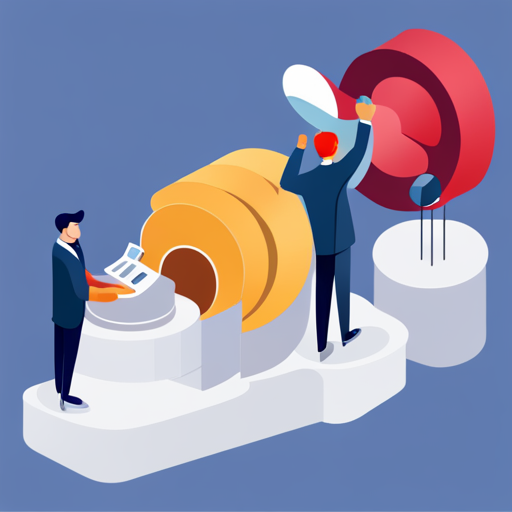
Continual product design is pivotal in enhancing user experience for a multitude of reasons:
- Deep Understanding of User Needs: By continuously involving users in the development process, companies can gain a deeper understanding of their needs, preferences, and pain points. For example, a cloud storage provider may discover that users want a faster way to organize their files. In response, the company could develop an automatic file categorization feature, significantly improving the user experience.
- Immediate Feedback: Continuous product design allows for immediate feedback, enabling companies to quickly identify and address issues. A digital marketing platform, for instance, can roll out updates in phases, gather user feedback and make immediate rectifications, ensuring a smooth and seamless user experience.
- User-centric Innovation: Users are at the forefront of continuous product design, leading to innovations that enhance their experience. Consider a music streaming service introducing a ‘mood-based playlist’ feature after continuous interactions with users indicated a desire for such a function.
- Iterative Improvement: The iterative nature of continuous product design ensures ongoing improvement. A fitness tracking app, for example, may introduce a new workout recommendation feature based on user feedback. However, if users find the recommendations unhelpful or irrelevant, the feature can be continuously tweaked until it meets users’ expectations, enhancing their overall experience.
- Reduced Risk of Failure: Continuous product design reduces the risk of product failures since the ongoing feedback loop allows errors to be identified and corrected early. For example, an e-commerce website can avoid a potentially disastrous site redesign by gradually introducing changes and assessing user feedback at each stage.
13 Steps to Continuous Product Design
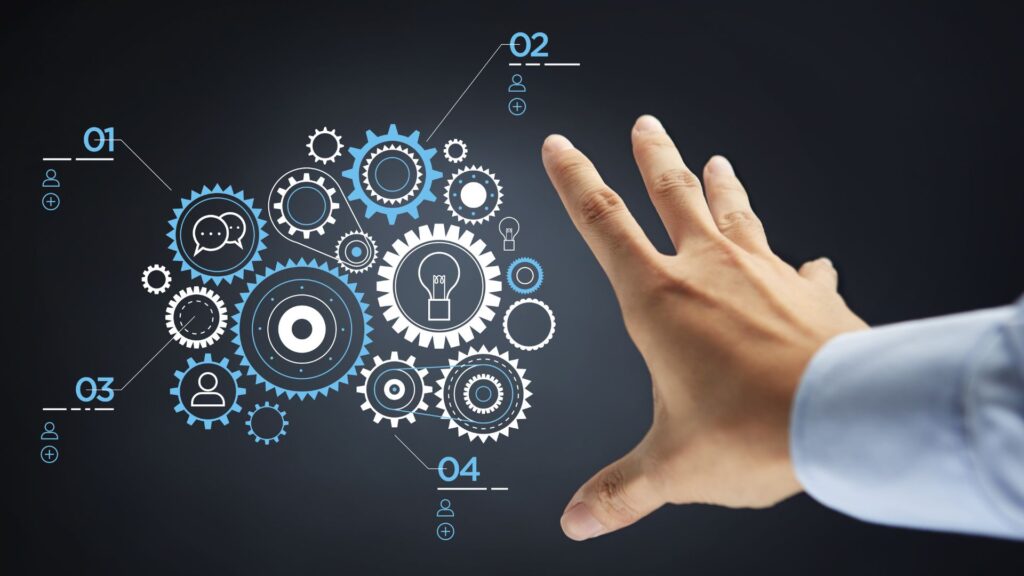
Continuous product design is a step-by-step process that involves the following 13 steps:
- Identify Customer Needs: This is the starting point. Through interviews, surveys, or direct observations, understand what your customers need and want from your product.
- Define the Problem: Once you have identified customer needs, define the problem that your product will solve. This problem should be specific and articulated.
- Generate Ideas: With a clear problem identified, brainstorm various solutions. Encourage creative thinking and consider all ideas, no matter how out-of-the-box they may seem.
- Develop Hypotheses: Based on the ideas generated, develop hypotheses about the best solutions. These hypotheses will be tested in the following steps.
- Design Experiments: Design experiments that help test the hypotheses. It could be developing prototypes or mock-ups of your product.
- Conduct Experiments: Carry out the experiments and collect data. It could involve releasing a beta version of your product to a select group of customers and collecting their feedback.
- Analyze Results: Analyze the results from your experiments. Which hypotheses were supported? Which were not?
- Iterate Based on Feedback: Use the results of your experiments to iterate on your product design. Make necessary changes and improvements.
- Conduct User Testing: Conduct further user testing once the product has been iterated based on initial feedback. It will ensure that your product is user-friendly and meets the needs identified in Step 1.
- Collect and Analyze User Feedback: Gather and analyze feedback from the user testing. Make further improvements to your product based on this feedback.
- Prepare for Launch: After several rounds of testing and iteration, prepare your product for launch. It could involve finalizing packaging, developing marketing strategies, and so forth.
- Launch the Product: Release the product to the market. Celebrate this milestone, but remember that the work of continuous product design is never truly done.
- Implement Continuous Feedback Loop: After launch, continue collecting customer feedback and improving your product. It is the essence of continuous product design – your product is never ‘finished’ but always improves based on customer feedback.
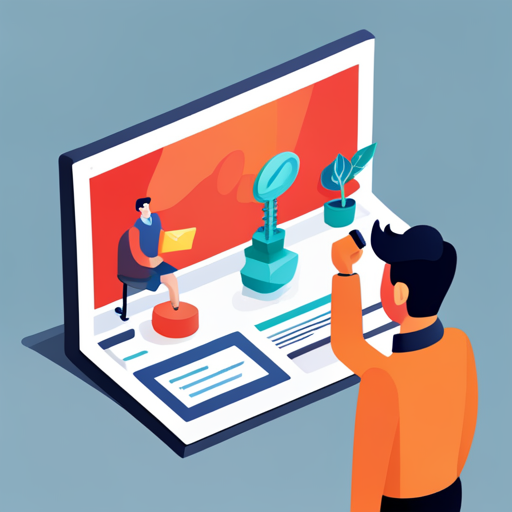
So, there you have it – the 13 steps to continuous product design. By following this process, companies can ensure that their products always improve and stay relevant to customer needs.
Best Practices on Continuous Product Design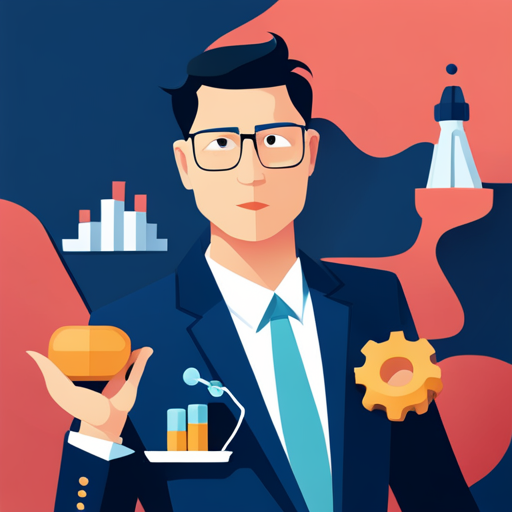
Here are some best practices that can guide your journey in continuous product design:
- Embed User Research: Make user research an inherent part of your product design process. It can be done by regularly conducting user interviews and surveys or using data analytics to track user behavior. For instance, a gaming app can embed user testing in its design process, encouraging a select group of users to try out new features and provide feedback.
- Encourage a Culture of Experimentation: Foster a work environment that encourages experimentation and is not averse to failure. It means allowing your design and development teams to try new ideas, learn from mistakes, and iterate. Suppose you’re developing a new podcast platform. Rather than sticking rigidly to the traditional layout, you could experiment with a more dynamic user interface that offers personalized recommendations.
- Embrace Prototyping: Prototyping is a crucial step in the continuous product design process. It helps visualize ideas, gather user feedback, and iterate before investing heavily in development. For example, if you’re designing an e-learning platform, you could develop a prototype featuring the proposed course navigation system. This prototype can gather early user feedback and make necessary adjustments.
- Integrate Feedback Loops: Regular feedback loops with users can help uncover their needs, expectations, and challenges. For example, an e-commerce application can have a built-in feedback system where users can share their experiences, suggestions, or report bugs. This feedback can then be used to continuously improve the product.
- Continuous Learning and Training: Ensuring your team is up-to-date with the latest design tools, methodologies, and best practices can significantly benefit your continuous product design process. For example, regular training sessions on new software or emerging user experience (UX) trends can empower your team to create products that resonate with contemporary user expectations.
- Prioritize Quality over Speed: While continuous product design involves rapid iterations, it’s important not to compromise on the quality of user experience in the quest for speed. For instance, a health tracker app should not rush the release of a new sleep-tracking feature without thorough testing, as it could lead to incorrect data and hamper user trust.
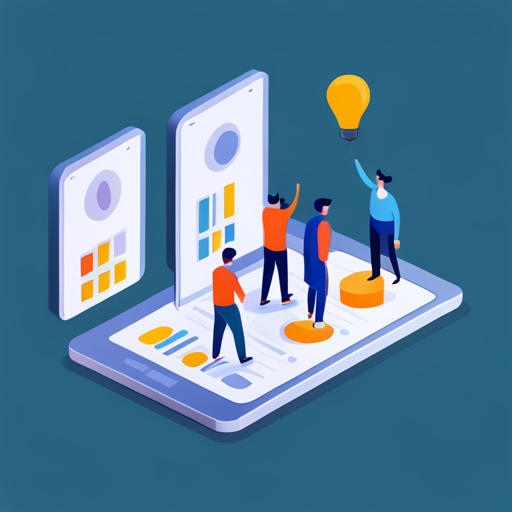
Remember, following these best practices isn’t a guarantee of immediate success. Continuous product design is a journey of learning, iterating, and improving. It requires patience, a user-focused mindset, and a commitment to delivering the best possible product to your users.
Conclusion
Continuous product design plays a pivotal role in fueling innovation and nurturing creativity. By wholeheartedly embracing an iterative approach, teams embark on an exciting journey of gathering feedback, refining designs, and catering to evolving user needs. 🔄💡
This constant cycle of learning and improvement not only encourages out-of-the-box thinking but also fosters a culture of experimentation that pushes the boundaries of what’s possible. It creates an exhilarating environment where innovation thrives and creativity knows no limits. 🚀🌌
With continuous product design, companies stay one step ahead, delivering products that deeply resonate with their customers. By fostering a culture of innovation and wholeheartedly embracing the iterative design process, organizations unlock their full potential and drive profound, transformative change. Let’s embark on this extraordinary journey together! 🤝✨

